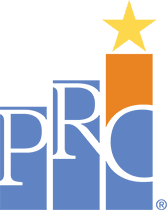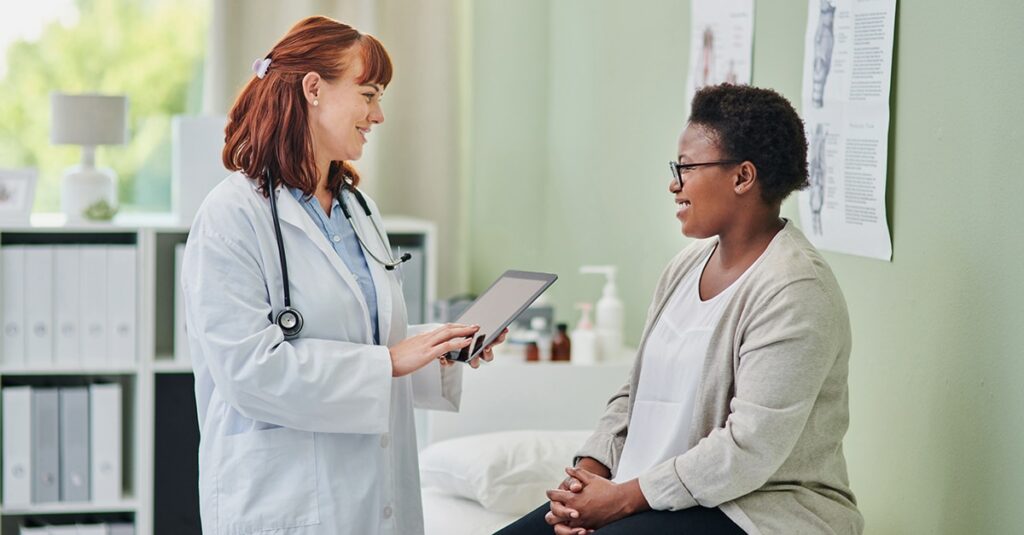In today’s healthcare landscape, many organizations offer patients the chance to take their CG-CAHPS survey as they’re leaving the facility on a tablet or similar web-based device, commonly known as point-of-care surveys. This option may sound promising to healthcare leaders, offering a near-instant feedback loop for providers to know how patients view the care they just received. However, as with any methodology, there are considerations to implementing point-of-care surveys of which organizational leaders need to be mindful.
When filling out a CG-CAHPS survey immediately following treatment, you run the risk of creating a potential recency bias for your patients that can skew the accuracy of your data. This recency of care may also cause pre-existing patient-provider relationships to be more prevalent in their evaluation as opposed to the actual quality of care, further affecting survey results. Finally, the general nature of appointments often indicates that a patient’s health is compromised. As such, the point-of-care CG-CAHPS survey experience may feel inconveniently tacked-on to a patient’s appointment when in a lessened state, reducing participation in some cases, and in instances of participation, capturing an unfairly negative patient perspective.
In contrast, PRC’s proven approach for CG-CAHPS and all CAHPS® surveys continues to render high response rates and paint a clear picture of the care provided. When conducting CG-CAHPS via Esurveys, you retain the benefits of real-time data collection while affording your patients flexibility in when and where they take the survey. Esurveys also statistically yield the highest volume of data for CG-CAHPS, with some of our clients seeing up to five times larger participation volumes compared to other methodologies. More data makes it easier to report your CG-CAHPS performance on a physician/provider level, plus greater opportunities to capture meaningful stories of excellent care in patient comments. Meanwhile, our trained, in-house team of telephone interviewers ensure a polite, private, and unbiased survey experience for patients from the comfort of their homes.
With both methodologies, we contact patients for CG-CAHPS surveys within 24 hours of the appointment. This practice ensures you still collect patient perceptions in a timely fashion, but survey administration comes in a manner more respectful to patient situations, giving them time to resituate and address any post-appointment needs, and positioning your organization for higher response rates. Research shows a positive correlation between patient scores and response rates by connecting with “silently satisfied” individuals that may not otherwise respond to a survey. Indeed, PRC’s high-response rate approach to patient experience research optimizes the survey performance of your providers and reflects the excellence of their practice.
Altogether, while point-of-care surveys have their perks, a bigger picture presents itself when considering other methodologies and their advantages. In measuring patient perceptions of care, this potential is not something to disregard, especially when using survey results to map out patient experience improvement efforts moving forward. Make sure your methodology selected sets your organization up for excellence, and contact us to learn more about how our CG-CAHPS surveys do just that.

